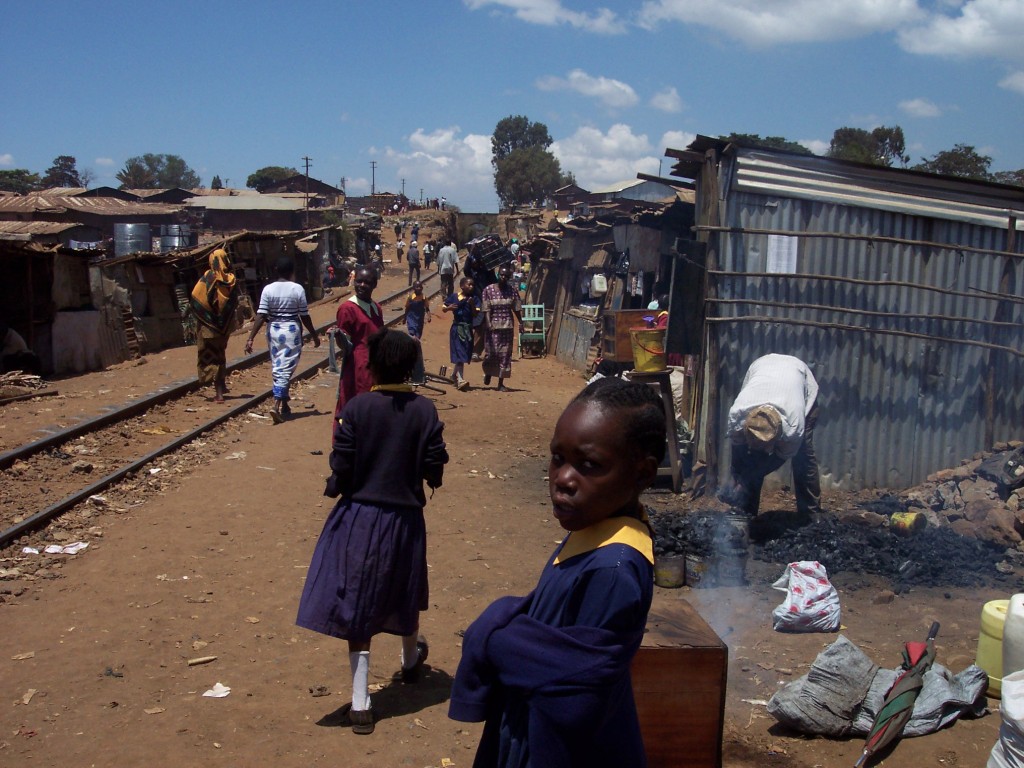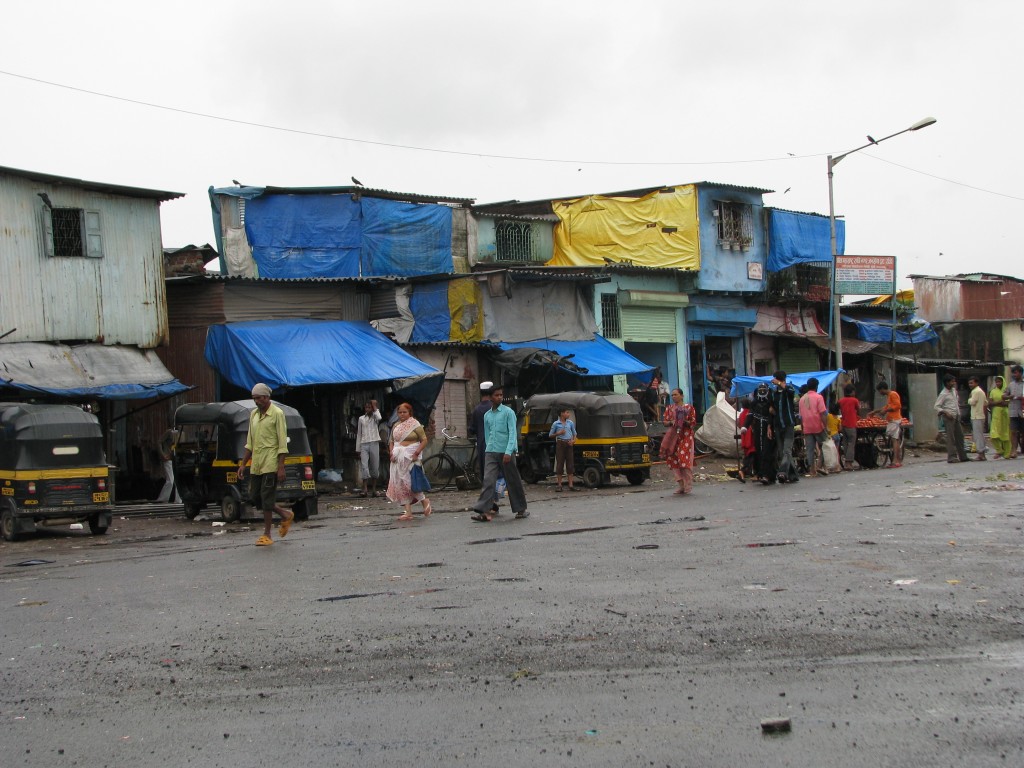ABOVE: Image Credit Aleks van Sputto
David Satterthwaite | September 4, 2015
David Satterthwaite is a senior fellow at the International Institute for Environment and Development (IIED) and a visiting professor at University College London. His research is primarily focused on urban poverty and climate change adaptation.

Almost all successful development is local in that it addresses some form of local need through a local action—the extension of piped water to homes, regular waste collection, the installation of drains, a well-functioning and adequately staffed healthcare centre or school. In the Global South, at least in urban areas, such local action depends on demands made by those in need, how well they are organized, and the quality of response by local governments. And there are huge deficits to be made up. For urban areas, this is especially so for the billion people living in informal settlements.
A new set of “Sustainable Development Goals (SDGs)” have been drafted by the United Nations with member governments. These are intended as guides for action from 2015 (as they replace the Millennium Development Goals). No one can accuse the SDGs of lacking ambition. They include strong commitments to almost all aspects of poverty reduction, good health, leaving no one behind, and explicit commitments to disaster risk reduction, climate change adaptation, and climate change mitigation. If all the commitments are actually met, what will be achieved is a sustainable, equitable, inclusive, resilient … world. My Institute (the International Institute for Environment and Development) can then shut its doors since our mission of 42 years will have been met.
The SDGs say a lot about what needs to be achieved but not on how, by whom, and with what funding and support it will be accomplished. There is hardly any mention of local government and local civil society in the SDGs, and yet these are needed as the drivers of local change. How will the much-needed plans for expanding and improving provision for water, sanitation, drainage, health care, schools, secure housing, safety nets, rule of law, and government accountability be done without these? How can everyday and disaster-related risks be identified and acted upon without strong local capacity—not to mention the inclusion of climate change adaptation? Local government and local civil society have crucial roles in all these activities.

Within the United Nations, we have seen decades of commitments that have gone unfulfilled. There should have been universal provision for primary health care by the 1980s, and universal provision for water by 1990. This is in part because we are stuck with processes controlled by representatives of national governments. They make the commitments, ignoring the fact that the majority of these depend on local governments that work well with those most in need, those whose SDG needs are unmet. Instead, it should be local governments that define and make commitments, including commitments to monitor and report on their performance—especially given how poor the data are on most of the SDGs. If we review the cities that have done the best in meeting national SDG commitments, it is mostly those with strong local democracies and some capacity to raise revenues to support local investments. Often this is supported by participatory budgeting and sometimes in spite of receiving no support from their national government.
Of course, the SDGs also include important goals and targets beyond the local, including key roles for national governments and international agencies. But in the end, it is what these encourage or shape in each ward, district, town, municipality and city that influences whether global commitments to the SDGs will actually be met.
